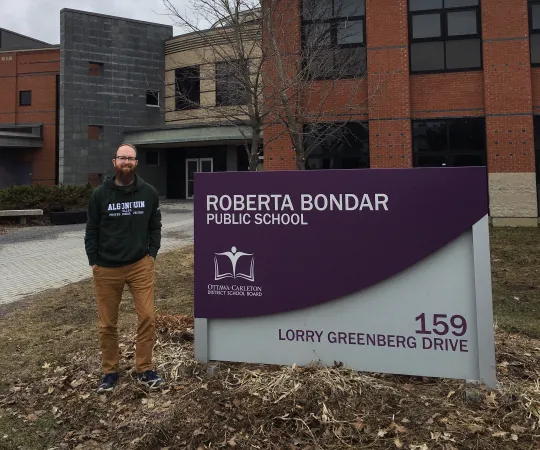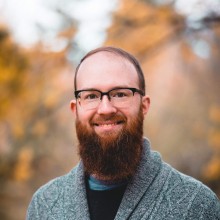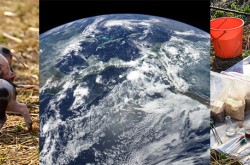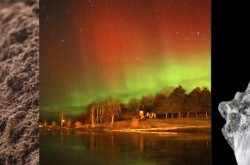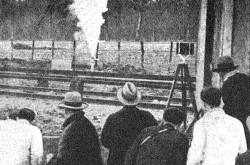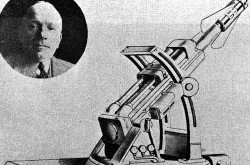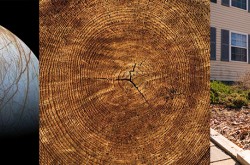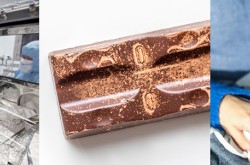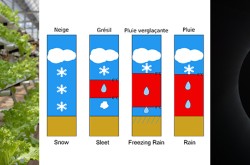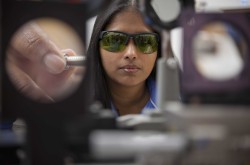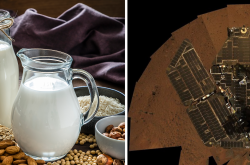Bondar Soaring Beyond
I still remember the feeling of pride. I don’t know if it’s because senior kindergarteners are that much more sophisticated than the lesser juniors, but even as a five-year-old, I knew there was something special about being a part of the first generation of students to attend Roberta Bondar Public School in Ottawa. The halls were freshly waxed and the jungle gym had yet to be climbed. It was my school — more so, it seemed, than the person who it was named after.
Roberta Bondar was a constant presence in my life growing up. How could she not be? Her portrait hung in the rotunda of my elementary school, but truth be told, that face, her very name in fact, never really meant anything to me. Heck, I knew more about Robert Bateman — who also had an Ottawa school named in his honour — because of my mother’s fondness of nature scenes. The only thing I ever knew about Bondar was that she was the first Canadian woman in space. But so what? There had been other astronauts, after all.

Senior Kindergarten
When I was in kindergarten, the C of the cartoon alphabet lining the classroom walls stood for cat, not context. My young mind was more concerned with trading veggie sticks for a Fruit Roll-Up than learning about the difficulties women face in science, technology, engineering, and math (STEM) fields. Bondar was an astronaut and that was all there was to know.
“Soaring beyond” was our school motto. Appropriate, right? When it was time to venture off into the grown-up world of high school where you buy your own lunch and students have mustaches, in a cheeseball sort of way, that’s what it felt like I was doing. And so I left Roberta Bondar Public School and didn’t look back.
Graduation day arrived quicker than expected, for both high school and university. I had long ago parted ways with the cartoon alphabet that lined my classroom walls, but somewhere between the history and political science classes, I learned that C doesn’t only stand for cat. The world is so much more complex than your adolescent, surface-level views. As you mature, your perspective changes, and with it — if you’re the nostalgic type, like me — elements from your childhood that you once thought had no significance are suddenly filled with meaning.
“The biggest challenge that I’ve had since I can remember, is not having people give me the same opportunities and the same dignity as men.”
~Roberta Bondar

Roberta Bondar
In a way, my naiveté as a child is representative of how women in STEM are often overlooked and marginalized. As an adult, I know Roberta Bondar as much more than just a portrait hanging in a rotunda. On top of being an astronaut, she is an accomplished neurologist, educator, writer, and photographer. She is a determined woman who, despite the quote above, has persevered and found immense success. It is only now, 14 years removed from being a student there, that I appreciate her accomplishments and why she deserves to have her name on the sign outside my old elementary school.
Hers is just one of dozens of stories being told through Ingenium’s Women in STEM initiative which celebrates the achievements of these remarkable trailblazers in the hopes of sparking conversation, furthering public awareness to the need and benefits of gender equity, and encouraging young girls and women to pursue an interest in STEM.
I am grateful for the opportunity to reflect on my past and express my admiration for Bondar and so many others who I’ve become familiar with during my time at Ingenium as an Algonquin College co-op student. It has been an insightful experience, researching these incredible women — many of whom are the first in some capacity in their respective fields — and to use my skills as a writer to help share their stories of strength, perseverance, and innovation.
Today, I still feel pride for being one of the first to attend Roberta Bondar Public School, but it has changed. I feel pride not because it was my school, but because I got to be a part — however small — of Bondar’s legacy. When the next generation of students walk through those front doors, I hope they know more than I did about the woman who dared to soar beyond.





